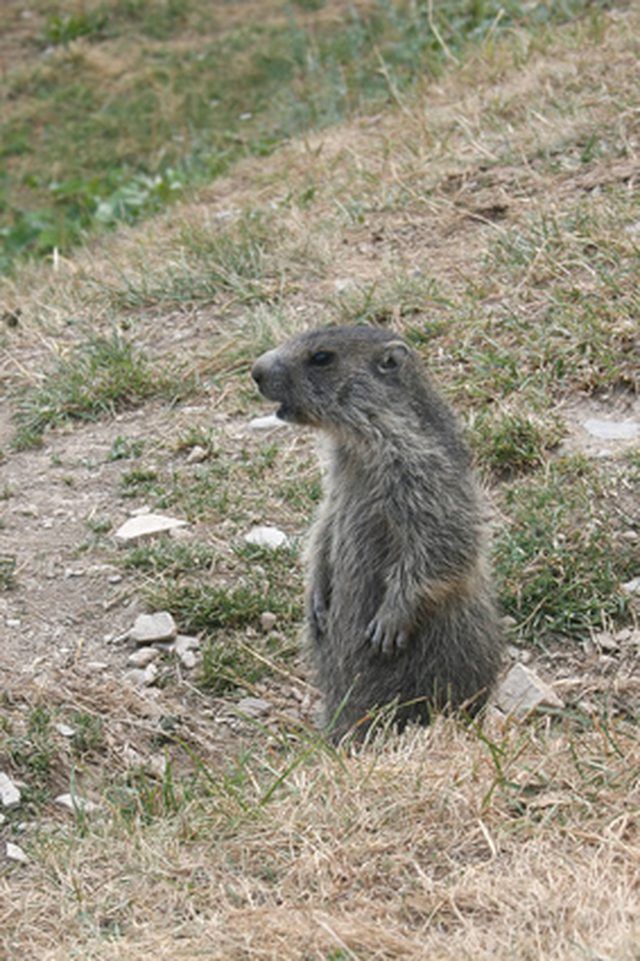Bulbs
Flower Basics
Flower Beds & Specialty Gardens
Flower Garden
Garden Furniture
Garden Gnomes
Garden Seeds
Garden Sheds
Garden Statues
Garden Tools & Supplies
Gardening Basics
Green & Organic
Groundcovers & Vines
Growing Annuals
Growing Basil
Growing Beans
Growing Berries
Growing Blueberries
Growing Cactus
Growing Corn
Growing Cotton
Growing Edibles
Growing Flowers
Growing Garlic
Growing Grapes
Growing Grass
Growing Herbs
Growing Jasmine
Growing Mint
Growing Mushrooms
Orchids
Growing Peanuts
Growing Perennials
Growing Plants
Growing Rosemary
Growing Roses
Growing Strawberries
Growing Sunflowers
Growing Thyme
Growing Tomatoes
Growing Tulips
Growing Vegetables
Herb Basics
Herb Garden
Indoor Growing
Landscaping Basics
Landscaping Patios
Landscaping Plants
Landscaping Shrubs
Landscaping Trees
Landscaping Walks & Pathways
Lawn Basics
Lawn Maintenance
Lawn Mowers
Lawn Ornaments
Lawn Planting
Lawn Tools
Outdoor Growing
Overall Landscape Planning
Pests, Weeds & Problems
Plant Basics
Rock Garden
Rose Garden
Shrubs
Soil
Specialty Gardens
Trees
Vegetable Garden
Yard Maintenance
Cat Litter As a Groundhog Deterrent
Cat Litter As a Groundhog Deterrent. Groundhogs are part of the squirrel family and can wreak havoc in your garden and flower bed. Though there are a couple of methods for ridding your yard of these pests, you might consider using cat litter. However, this method only works with used cat litter.

Groundhogs are part of the squirrel family and can wreak havoc in your garden and flower bed. Though there are a couple of methods for ridding your yard of these pests, you might consider using cat litter. However, this method only works with used cat litter.
Groundhogs
Groundhogs are also known as woodchucks or whistle-pigs and are a member of the squirrel (marmot) family. Like other hibernating animals, they eat all summer to store up fat. After the first frost in the autumn, they burrow underground to hibernate. They emerge from their nest in the early spring. In mid-April or May, they give birth to a litter of four to nine kits or cubs. Young groundhogs leave the nest by July. Groundhogs are actually clean animals, largely free from disease and parasites, so we humans should not be concerned about groundhogs causing health problems for our families and pets. However, because they live off fruits and plants, they will completely devastate gardens and flower beds while they gorge in preparation for hibernation.
Cat Litter as a Groundhog Deterrent
Cat litter can be a powerful deterrent for groundhogs. The catch: the cat litter must be soaked with cat urine. The scent of cat urine, not surprisingly, is enough to evict the groundhog from your garden--safely and humanely. The process does require some time and labor, but may be worth the effort to save your garden.
Timing is Everything
You want to evict the groundhog at a time when there is no danger of orphaning the cubs. Begin in the early spring when the groundhog has emerged from her hibernation or in late summer when the cubs have left the nest. Since the cubs will not leave the burrow until July, it would be safest to wait until August or September; by this time, the cubs will be weaned and independent.
The Procedure
Once you have determined the burrow is free of babies, dig out all the burrow entrances. There will be several entrances to one burrow. Clear away the surrounding plants. Pack each hole with urine-soaked kitty litter. You may need to add additional litter to the burrow a few times before the groundhog will evacuate permanently.
How to Ensure the Burrow is Empty
To make sure the groundhog has left for good, put some grass around the burrow entrances after you dump in the kitty litter. The grass should be loosely packed. If, after five days, the grass is undisturbed, you can safely assume the groundhog has moved out.

Deter Future Groundhog Dwellings
To prevent groundhogs from coming back to set up residence, cover the entrances with wire. The wire should be heavy gauge and a foot deep. It is labor intensive, but may be worth it to you and your garden.